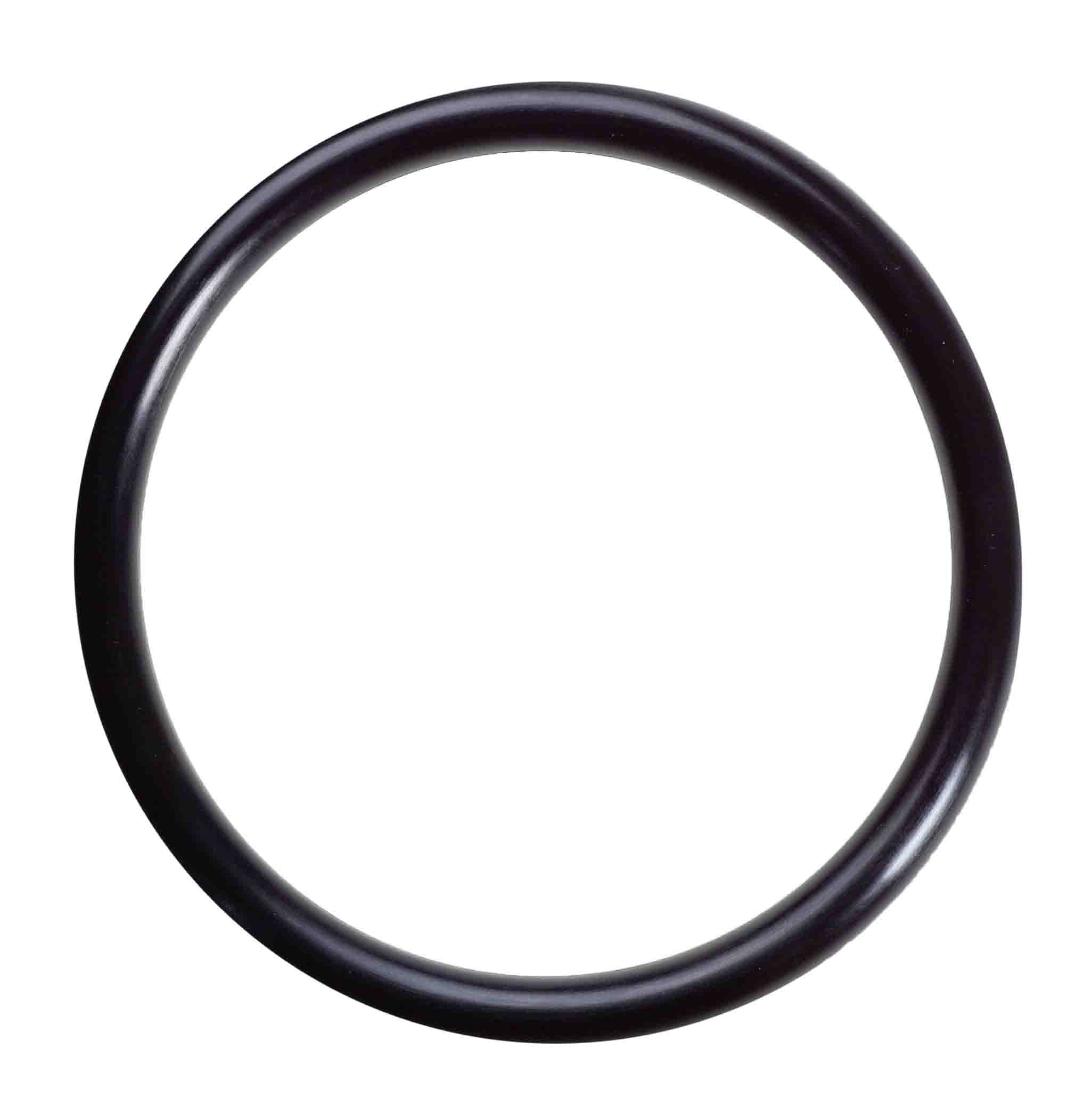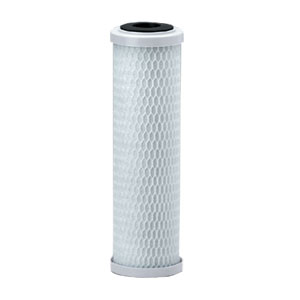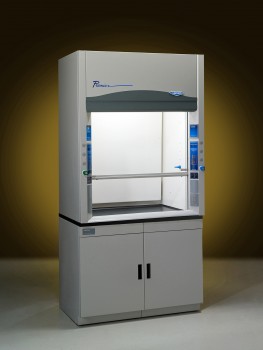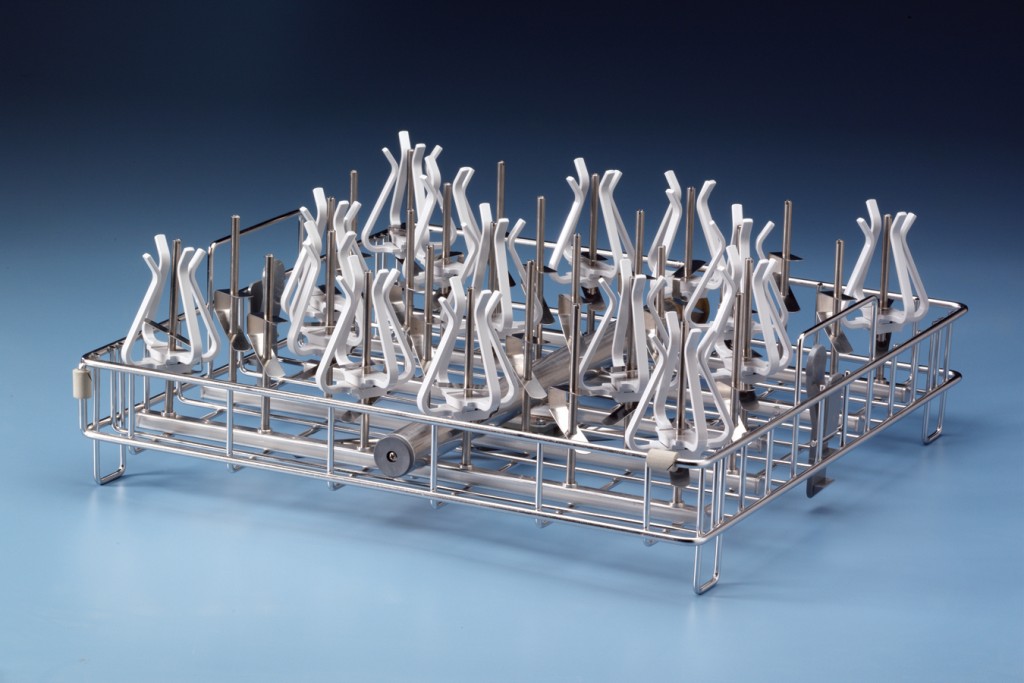Well Water Testing Frequently Asked Questions
Should I have my well tested?
Yes. In 1999 - 2000, contaminated private well water caused 26% of the drinking water outbreaks that made people sick. The U.S. Environmental Protection Agency's (EPA) rules that protect public drinking water systems do not apply to privately owned wells. Most states have rules for private wells, but these rules may not completely protect your private well. In other words, as a private well owner, it is up to you to make sure that your well water is safe to drink. Your local health or environmental department can help advise you.
When should I have my well tested?
Check your well every spring to make sure there are no mechanical problems; test it once each year for germs and once every two to three years for harmful chemicals. You should also have your well tested if:
There are known problems with well water in your area
You have experienced problems near your well (i.e., flooding, land disturbances, and nearby waste disposal sites)
You replace or repair any part of your well system.
How do I find out if my well is contaminated?
The only way to find out if your well water is contaminated is to test it. You can contact your health or environmental department, or a private laboratory to test for germs and harmful chemicals. In some states, the drilling contractor must test a new well after it is built. However, as a well owner, it is up to you to maintain your well and have it tested regularly.
How do germs and chemicals get into my well water?
Germs and chemicals can get into your well water and contaminate it in different ways. Some germs and chemicals occur naturally. For example, heavy metals like arsenic, lead, and cadmium are naturally found in rocks and soil and sometimes seep into ground water. Other contaminants come from human and animal waste resulting from polluted storm water runoff, agricultural runoff, flooded sewers, or individual septic systems that are not working properly.
What are the germs and chemicals I should test for in my well?
Several things you should test for are listed below. These germs and chemicals can be a risk to your health. (Please see the Contaminants in Well Water fact sheet for a list of common germs and chemicals in drinking water and the illnesses they cause.)
Total Coliform
Coliform bacteria are microbes found in the digestive systems of warm-blooded animals, in soil, on plants, and in surface water. These microbes typically do not make you sick; however, because microbes that do cause disease are hard to test for in the water, "total coliforms" are tested instead. If the total coliform count is high, then it is very possible that harmful germs like viruses, bacteria, and parasites might also be found in the water.
Fecal Coliform / Escherichia coli (E. coli)
Fecal coliform bacteria are a kind of total coliform. The feces (or stool) and digestive systems of humans and warm-blooded animals contain millions of fecal coliforms. E. coli is part of the fecal coliform group and may be tested for by itself. Fecal coliforms and E. coli are usually harmless. However, a positive test may mean that feces and harmful germs have found their way into your water system. These harmful germs can cause diarrhea, dysentery, and hepatitis. It is important not to confuse the test for the common and usually harmless E. coli with a test for the more dangerous E. coli O157:H7.
Nitrate
Nitrate is naturally found in many types of food. However, high levels of nitrate in drinking water can make people sick. Nitrate in your well water can come from animal waste, private septic systems, wastewater, flooded sewers, polluted storm water runoff, fertilizers, agricultural runoff, and decaying plants. The presence of nitrate in well water also depends on the geology of the land around your well. A nitrate test is recommended for all wells. If the nitrate level in your water is higher than the EPA standards, you should look for other sources of water or ways to treat your water.
Volatile Organic Compounds (VOCs)
VOCs are industrial and fuel-related chemicals that may cause bad health effects at certain levels. Which VOCs to test for depends on where you live. Contact your local health or environmental department, or the EPA to find out if any VOCs are a problem in your region. Some VOCs to ask about testing for are benzene, carbon tetrachloride, toluene, trichloroethelene, and methyl tertiary butyl ether (MTBE).
pH
The pH level tells you how acidic or basic your water is. The pH level of the water can change how your water looks and tastes. If the pH of your water is too low or too high, it could damage your pipes, cause heavy metals like lead to leak out of the pipes into the water, and eventually make you sick.
Other germs or harmful chemicals that you should test for will depend on where your well is located on your property, which state you live in, and whether you live in an urban or rural area. These tests could include testing for lead, arsenic, mercury, radium, atrazine, and other pesticides. You should check with your local health or environmental department, or the EPA to find out if any of these are a problem in your region.
Please remember that if your test results say that there are germs or chemicals in your water, you should contact your local health or environmental department for help and test your water more often.
My well water has a funny smell or taste; should I worry about getting sick?
A change in your water's taste, color, or smell is often not a health concern. However, a change could be a sign of serious contamination problems. Any time you notice a change in your water quality, you should have it tested.
Where do I go to have my well water tested?
State and local health or environmental departments often test for bacteria and nitrates. Health or environmental departments, or county governments should have a list of the state-certified (licensed) laboratories in your area that test for a variety of substances.
Others who may be able to provide you with this listing include:
Your State Laboratory Certification Officer
EPA's Safe Drinking Water Hotline: 1-800-426-4791
|
Images are representative of the products. Images may or may not be of the actual product. If it is important e-mail us for an actual image if available.
* Flat Rate UPS shipping when able to ship via UPS and is in the USA excluding Hawaii and Alaska.
Larger Items may not be able to ship via UPS, in that case freight charges will be quoted seperately.
International shipping will be quoted after the order is placed. You will have the opportunity to cancel before we finalize your order.
Terms and conditions
Credit Application
Privacy
Policy
List All Products
|














